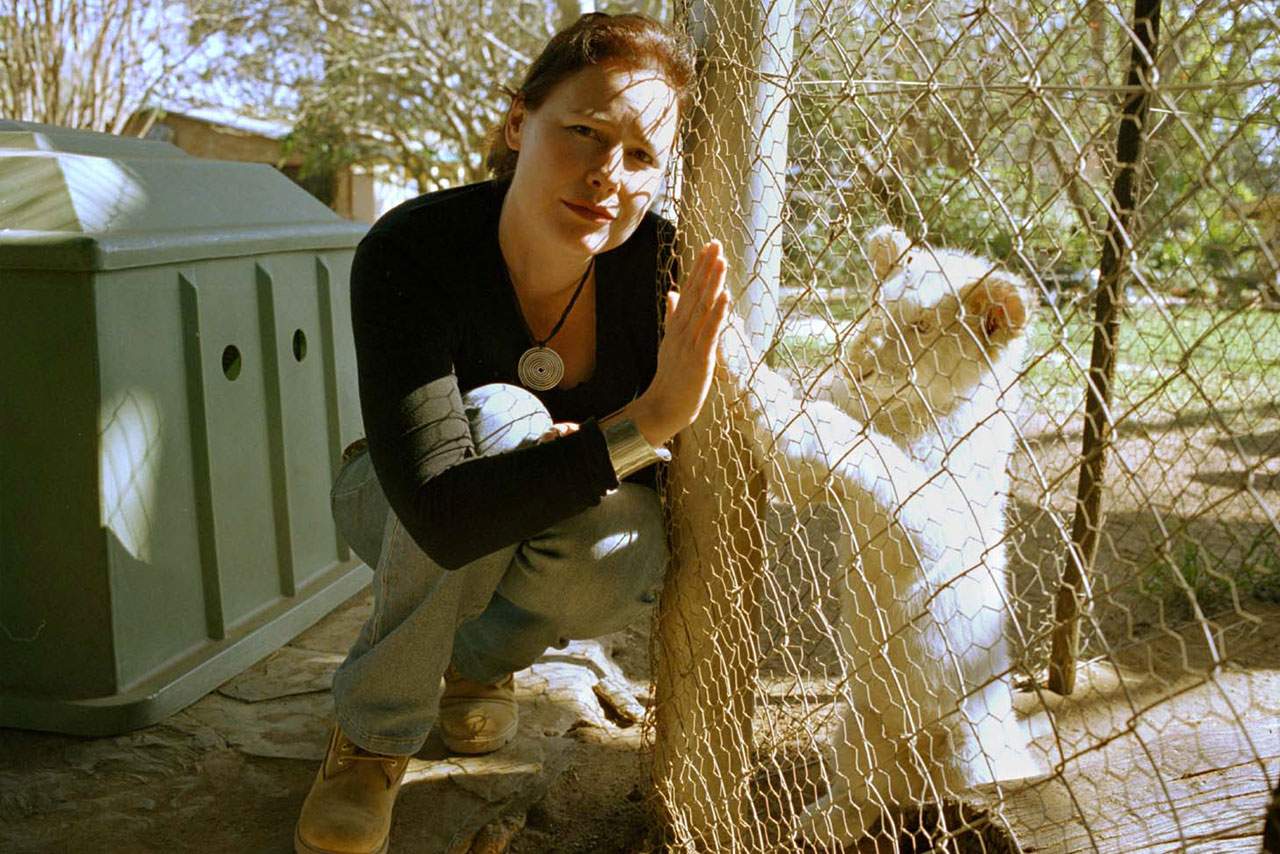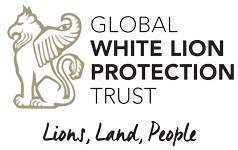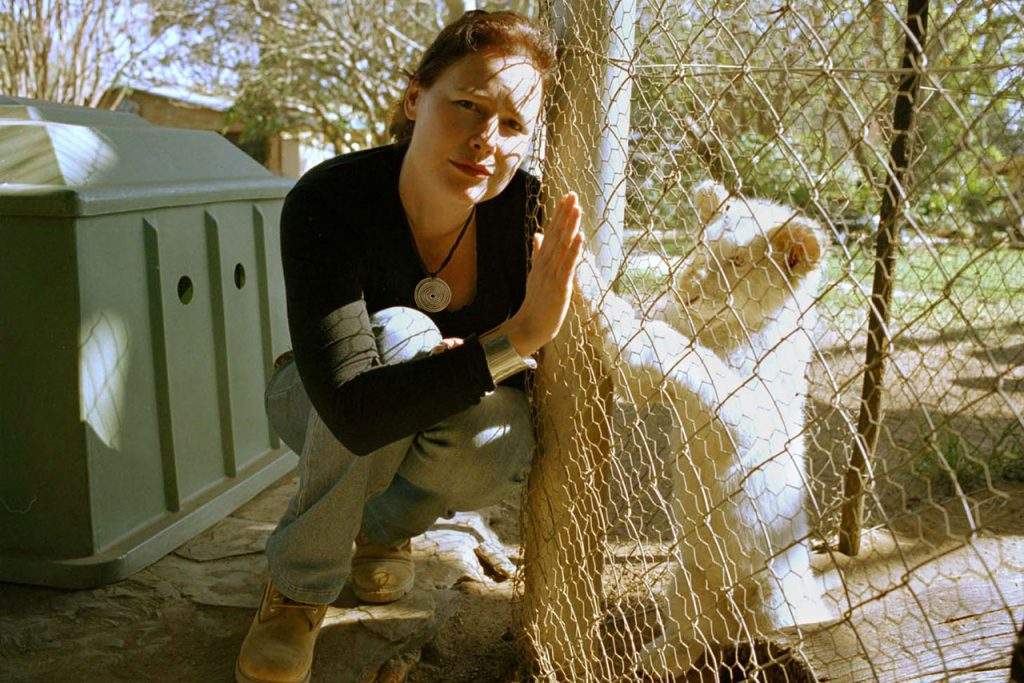
How We Transform the “CON” to the “SERVE” in Conservation
At this crucial turning point in humanity’s history, we look back at the lessons we’ve been asked to learn through the COVID-19 pandemic, so that we can go forward healthier and more resilient in re-establishing harmonious co-existence with our planet. One of the key milestones will be the termination of South Africa’s despicable captive breeding lion industry and lion bone trade.
Given that the industrialising of lions to kill them “breaks moral and ecological boundaries” as stated in a High Level Panel Report the word “Con” in conservation has been used repeatedly in the press and media.
Shockingly, the international public has been conned into participating in this heinous industry and helping to fund it, at the expense of our wildlife heritage and our own moral codes of conduct.
What was once labelled “Canned Hunting” by the UK investigative TV program The Cook Report in 1997, escalated into a whole-scale factory-farming industry, which 5 successive Ministers of Environment were unable or unwilling to contain. Until now, at crisis point.
Having taken this issue to Parliament on several occasions and actively opposed the captive lion breeding industry since the ‘90s, the Global White Lion Protection Trust and its founder, Linda Tucker, now work collaboratively with a number of international alliances to influence positive legislative change.
We also would like to acknowledge the thousands of our supporters worldwide who have united behind our collective efforts to ban this abomination, many of whom helped us mobilise global marches for lions in 52 cities around the world in 2014, and again in 2015 and 2016.
Since CITES (Convention for the International Trade of Endangered Species) was hosted in Johannesburg in 2016, South Africa became the largest exporter of lion bones and skeletons, in an industry where legal and illegal became dangerously blurred. An initial legal quota of 800 lion carcasses to be legally exported to Far Eastern countries (China, Korea, Laos) per year was escalated to 1400 lion carcasses only a year later, before our united efforts led to Parliamentary intervention.
In a submission to government even before the COVID-19 pandemic, we pointed out that this industry is not only unethical, unecological and fundamentally unsustainable, but furthermore that the consumption of lions contravenes Nature’s Law, and as such risks a global pandemic.
Shutting Down a Fraudulent Industry
Under increasing pressure from the private sector, the High Level Panel was appointed in early 2021 to advise Parliament on the future of this industry, and their findings were largely in accordance with the position which the Global White Lion Protection Trust has upheld and rigorously advocated for over the decades. The findings included:
- The industry is fraudulent, as it attracts both day visitors and high paying volunteer tourists under false pretexts that the animals that they hand-raise and cuddle would be released into the wild to replenish dwindling wild stock.
- Captive breeding of lions for hunting has long been a blemish on South Africa’s wildlife and tourism landscape.
- The revenues which this industry generates may be highly lucrative for the owners, but it only constitutes a tiny proportion of South African’s tourist revenue.
- There are public sentiments that the captive-bred lion industry and lion bone trade are unethical, as well as damaging to South Africa’s conservation record, damaging to the socioeconomic welfare of South Africans and damaging to South African tourism.
- The use of lion bones, body parts and derivatives in commercial trade, including for scientifically unproven medicine, is one of the major emerging threats to wild lions.
- South Africa’s conservation reputation is being challenged due to its support of the captive lion breeding industry.
Concluding that this industry might have done irreparable damage to the reputation of South Africa, our government has finally taken the decision to shut it down. We applaud Minister Barbara Creecy’s decision; however, we recognize the monumental and tragic task that lies ahead in dismantling as many as 450 captive breeding centres, which confine as many as 14,000 captive lions – more than 3 times the approximate wild lion population roaming South Africa wildlife reserves.
The “Con” has been finally exposed, and we are facing the appalling aftermath created by a ruthless sector of our society which believes it has dominion over Nature, and can exploit our planet with contempt – as if there were no consequences.
The horrifying consequences include the unimaginable suffering of thousands of sentient beings, crammed into cages for human exploitation, whose most humane option at this juncture is large-scale euthanasia. Amongst their findings, the High Level Panel announced that lions in captivity have “no conservation value”. The fact that lions have been forced into whole-scale industrialisation is a tragedy of the highest order, whereas the ecological role of lions as apex predators in the wilds of their ecosystems, remains absolutely critical in the regeneration of our planet. All the more so, in the case of the White Lions.
Watch this video, which shows how the White Lions regenerate their ecosystem.
How do we learn from this abominable catastrophe?
To make an “authentic” shift away from this grossly exploitative paradigm based on consumptive and extractive-use agendas requires a commitment to restore right-relationship with Nature, thereby placing the regeneration of our living Earth at the centre of all decisions affecting our mutual future.
Having finally taken the decision to shut down the heinous captive breeding industry, the South African government is advocating a “Wildlife Economy Model,” based on what is being termed an “authentic trophy hunting of iconic species”: Lion, Leopard, Elephant, and Rhino. In order to restore right-relationship with Nature, the Global White Lion Protection Trust cannot endorse this strategy. Having implemented a model for harmonious coexistence between Lions, Land and People in one of the last viable lion ranges on the planet over a period of 3 decades, our work has evidenced alternative solutions that advance new-paradigm conservation strategies for rural communities on the borders of wilderness areas that are fundamentally regenerative and non-invasive.
To “conserve” means to cherish Nature, and steward Nature as a precious living legacy for future generations, and thereby reinstate a loving and respectful interrelationship.
True conservation does not kill for profit and bleed our sensitized wildlife areas in order to distribute hunting spoils and derivatives to international hunters or to rural communities.
To kill-in-order-to-conserve is neither logical nor ecological
The model of true Earth stewardship respects Indigenous Knowledge Systems, universally upheld by indigenous nations globally, which recognize that Nature herself is the primary stakeholder in conservation efforts.
According to the Worldwide Indigenous People’s Governance Charter, Nature’s Law is, “The eternal codes governing natural Creation which ensure the dignity, freedom, mutuality, continuance and flourishing of planetary life and health, of which humanity is an integral part. Humanity cannot exist independently of Nature and therefore human law must be subservient to Nature’s Law.”
Accordingly, universal indigeneity recognises that humanity’s role in governing our planet is to be is inextricably linked to service of the Earth.
Initiatives that remain dominion-based and colonialist do not serve Nature’s law.
The High Level Panel Report points out that South Africa’s historic model for wildlife management has been one of exploitation of land, animals and local communities. It was based on a colonialist trophy-hunting paradigm benefitting the elite at the expense of the majority, alienating community from their wildlife and commoditising their living heritage; however, it was relatively successful in helping to set aside large tracks of wilderness land for conservation purposes.
Going forward, it behoves government to set aside wilderness-for-wilderness sake, while shifting from an exploitative to a regenerative model, thereby reviving Indigenous and local community wellbeing, which in turn will support the dignity and wellbeing of iconic animals.
Unless it makes this critical shift – from exploitative to regenerative – the Wildlife Economy Model as it currently stands risks perpetuating the sins of the old.
Nature is not a commodity to be hunted for blood sport. Nature is a living, conscious, maternal entity, who supports all sentient life on this planet, and there are consequences for disrespecting her Law. In universal indigenous knowledge systems, a global pandemic is the inevitable consequence of Nature’s Law when humanity is out of balance.
Restoring the “Serve” to conservation, and indeed, to all matters relating to our interrelationship with our planet, restores the foundations of a global leadership model that is truly service-based, and will truly benefit all stakeholders, including humankind.







No Comments